 Comcast’s customer relations team apparently is better at ferreting out contacts at their customers’ employers than fixing problems with their service, despite being given multiple chances to make things right. When one customer made a seventh attempt to resolve his problems, Comcast called his boss and got him fired.
Comcast’s customer relations team apparently is better at ferreting out contacts at their customers’ employers than fixing problems with their service, despite being given multiple chances to make things right. When one customer made a seventh attempt to resolve his problems, Comcast called his boss and got him fired.
The Consumerist details the latest Comcast Customer Service Horror Show. On one side, Conal, who signed up for Comcast after being sold on a 9-month new customer promotion. On the other, Comcast’s billing and customer service department. Almost from the beginning, the two were locked in combat over service and billing issues:
- Comcast misspelled his last name in their records, which meant some of his bills were allegedly returned to Comcast by the post office;
- Comcast charged him for set-top boxes that were never activated on his account;
- After multiple complaints, Comcast reduced his promotional discount, raising his bill $20 while adding new charges for a second cable modem he didn’t have and continuing charges for set-top boxes he never used;
- Conal tried to cancel his service in October 2013 because of the mishaps, but a representative convinced him to stay after promising to fix his account. Instead, Comcast sent him a dozen pieces of equipment he never ordered and billed his account $1,820 for the unwanted equipment.
Conal returned the unrequested DVRs, cable modems, and everything else Comcast sent, and brought along a spreadsheet detailing his ongoing dispute, including every overcharge he incurred. He’s a professional accountant used to dealing with companies that understand numbers, and was convinced putting everything on paper would finally get through to the cable company.
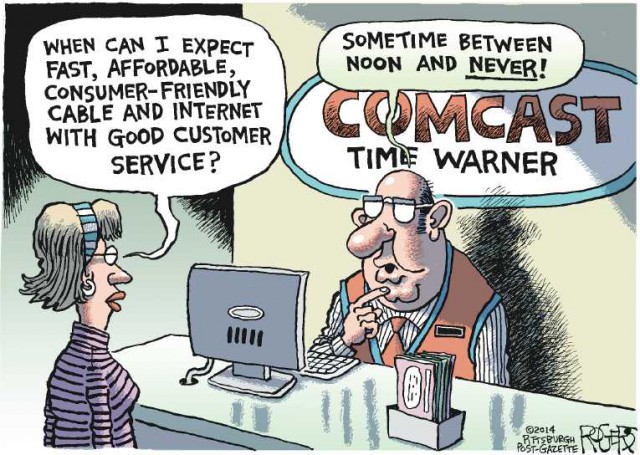 Not a chance.
Not a chance.
Comcast was unmoved and unconvinced by Conal’s spreadsheet, denied there was ever a problem with his account, and upon learning he intended to continue contesting the equipment charges, turned his account over to collections despite the fact it was not past due.
On Feb. 6 Conal dared to escalate his concerns to Comcast’s Office of the Controller. A subsequent callback from a testy representative began with, “how can I help you.” There was no greeting or mention she worked for Comcast, but there was plenty of attitude. The mysterious rep disputed Conal’s claim that a Comcast technician never showed up for an appointment, but could not tell him which appointment she was referring to. After that debate ended, the only remaining question on her mind was the color of Conal’s house.
Realizing a short time later that call was a waste of time, Conal called back the Controller’s office to let them know Comcast’s latest ambassador of goodwill was unhelpful. At this point, he casually mentioned the unresolved accounting issues with his bill should probably be brought before the Public Company Accounting Oversight Board, a private-sector, nonprofit corporation created by the Sarbanes–Oxley Act of 2002 to end the accounting tricks and executive-ordered embargoes on bad news that fleeced investors in the 1990s. A professional accountant would be familiar with the PCAOB and how to appeal for an independent review, ordinary consumers would be unlikely to know the Board even existed.
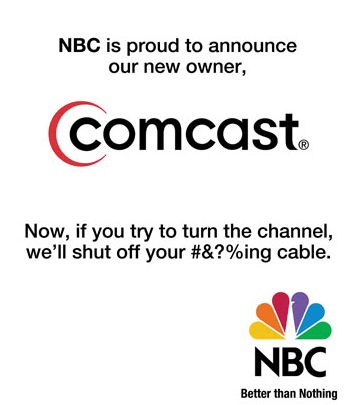 That Conal would raise the matter of the PCAOB to the Controller’s Office apparently piqued the interest of someone at Comcast, who launched a small research project to determine who Conal was and where he worked. When they discovered his employer did work for Comcast, the cable company struck gold in the leverage department.
That Conal would raise the matter of the PCAOB to the Controller’s Office apparently piqued the interest of someone at Comcast, who launched a small research project to determine who Conal was and where he worked. When they discovered his employer did work for Comcast, the cable company struck gold in the leverage department.
Comcast called Conal’s employer and spoke with a partner at the firm, who also received e-mail containing a summary of conversations Comcast evidently recorded between Conal and its various representatives. Comcast complained Conal was using the name of his employer to seek an unfair advantage with customer service. Conal told the Consumerist he never mentioned his employer by name, but once the Controller’s Office learned he was an accountant willing to escalate his complaints outside of the company, it would be a simple matter to look him up online and learn where he worked.
Conal’s employer in fact does consulting work for Comcast, so the outcome of a brief ethics investigation predictably led to Conal’s termination. Conal was never allowed to see the transcripts of conversations with the cable company, nor given access to any recordings of those calls. Conal said before he tangled with Comcast, he had received only positive feedback and reviews for his work.
Conal’s lawyer has been in contact with Comcast over the matter and received a pithy reply from Comcast’s senior deputy general counsel, who likely fears a forthcoming lawsuit, admitting Comcast did call Conal’s employer but said Conal “is not in a position to complain that the firm came to learn” about his dispute with Comcast.
“Our customers deserve the best experience every time they interact with us,” reads a statement from Comcast. The company says it has previously apologized to Conal, but adds “we will review his lawyer’s letter and respond as quickly as possible.”
Comcast had no comment about whether the company considers it proper to identify and contact customers’ employers and push its weight around when it feels the need to do some complaining of its own.


 Subscribe
Subscribe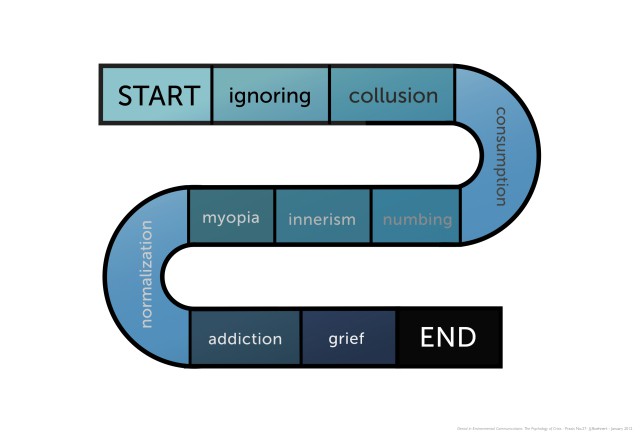
 Mbps for average households can have a material impact on the economy,” he writes. “A 6Mbps connection could easily support several home users simultaneously shopping on multiple e-commerce sites, downloading iTunes, streaming Spotify, and so on. Do Americans really need gigabit to the home?”
Mbps for average households can have a material impact on the economy,” he writes. “A 6Mbps connection could easily support several home users simultaneously shopping on multiple e-commerce sites, downloading iTunes, streaming Spotify, and so on. Do Americans really need gigabit to the home?” Any digital economy business dependent on fast Internet can see the economics, and often relocate.
Any digital economy business dependent on fast Internet can see the economics, and often relocate.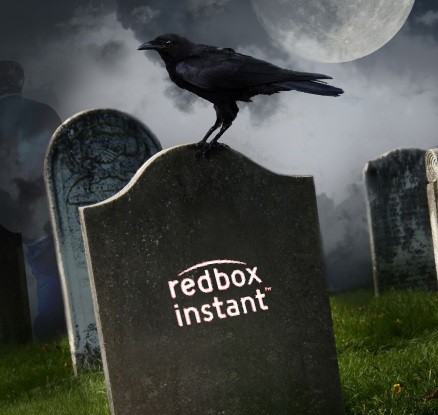
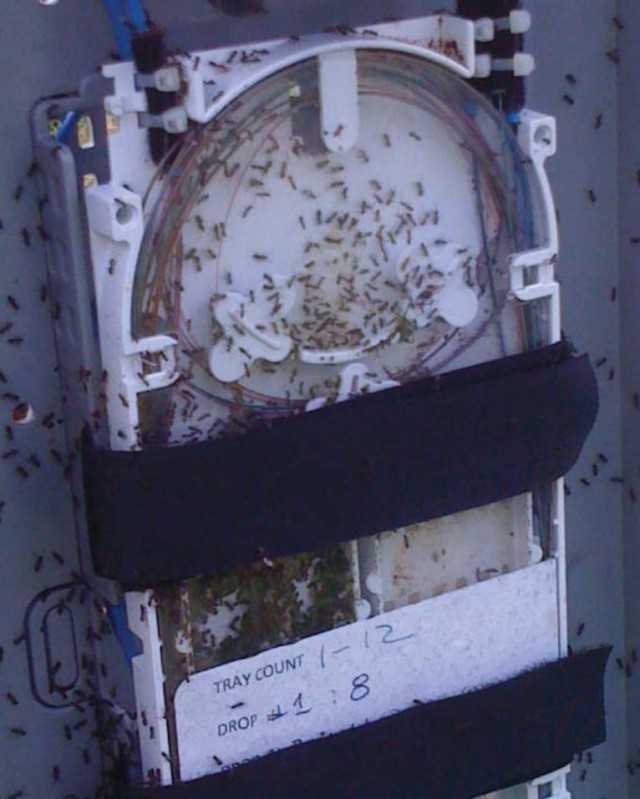


 Verizon Wireless, facing scrutiny from FCC chairman Thomas Wheeler, today announced it has canceled plans to introduce a new “network optimization” policy that would have significantly throttled down speeds for heavy users still on grandfathered, unlimited use data plans.
Verizon Wireless, facing scrutiny from FCC chairman Thomas Wheeler, today announced it has canceled plans to introduce a new “network optimization” policy that would have significantly throttled down speeds for heavy users still on grandfathered, unlimited use data plans.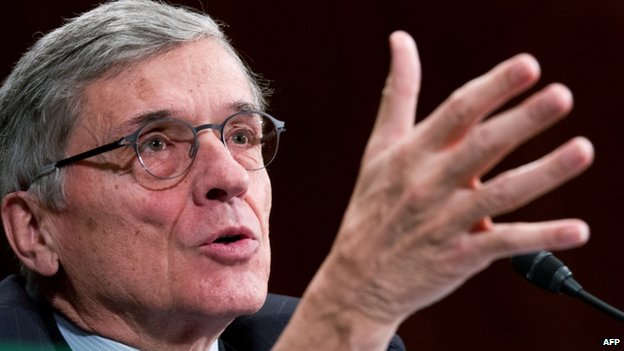
 Wheeler also questioned how Verizon could justify its planned speed throttling under the conditions it agreed to after winning the 700MHz “C Block.” That spectrum was accompanied by a special FCC mandate – open platform rules which prohibits Verizon Wireless from denying, limiting, or restricting the ability of end users to download and use applications of their choosing on the C Block networks. A speed throttle would make using some applications impossible.
Wheeler also questioned how Verizon could justify its planned speed throttling under the conditions it agreed to after winning the 700MHz “C Block.” That spectrum was accompanied by a special FCC mandate – open platform rules which prohibits Verizon Wireless from denying, limiting, or restricting the ability of end users to download and use applications of their choosing on the C Block networks. A speed throttle would make using some applications impossible.